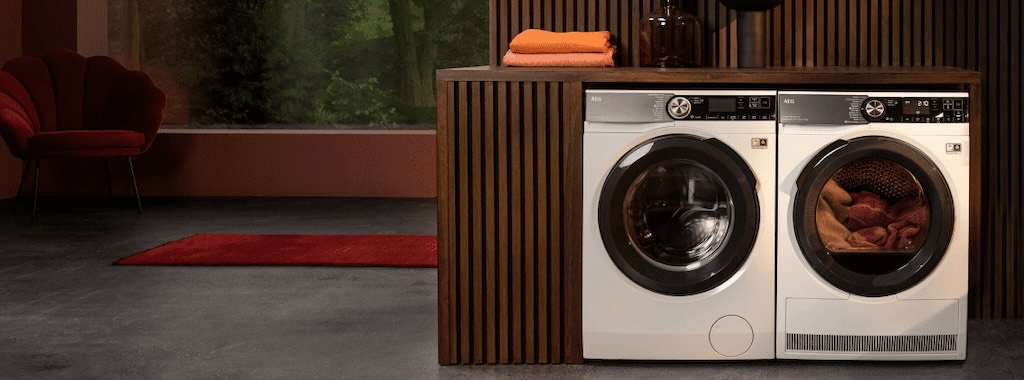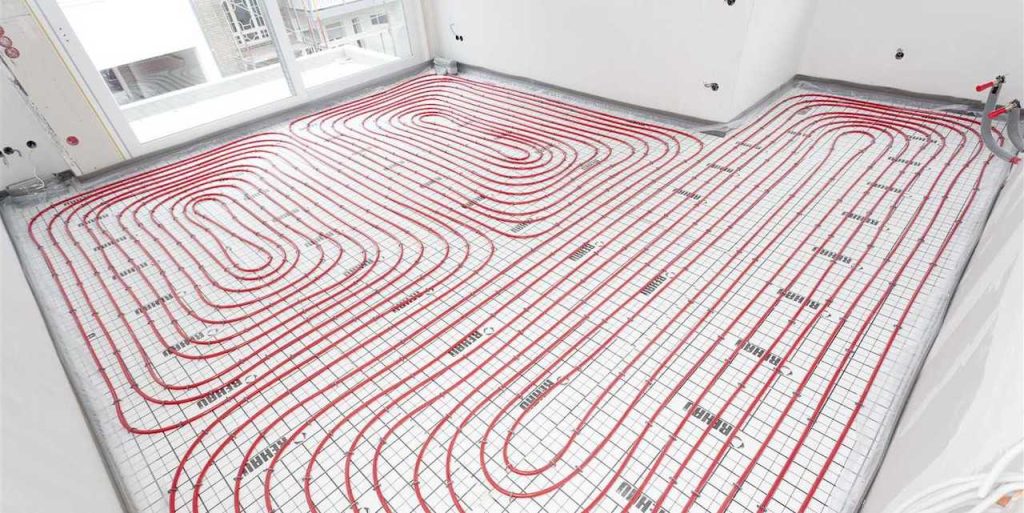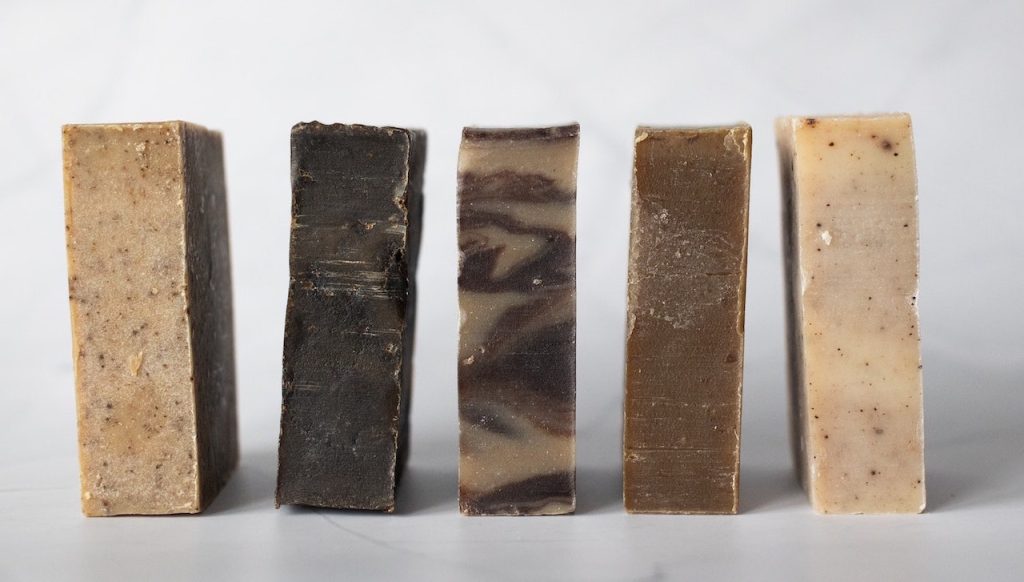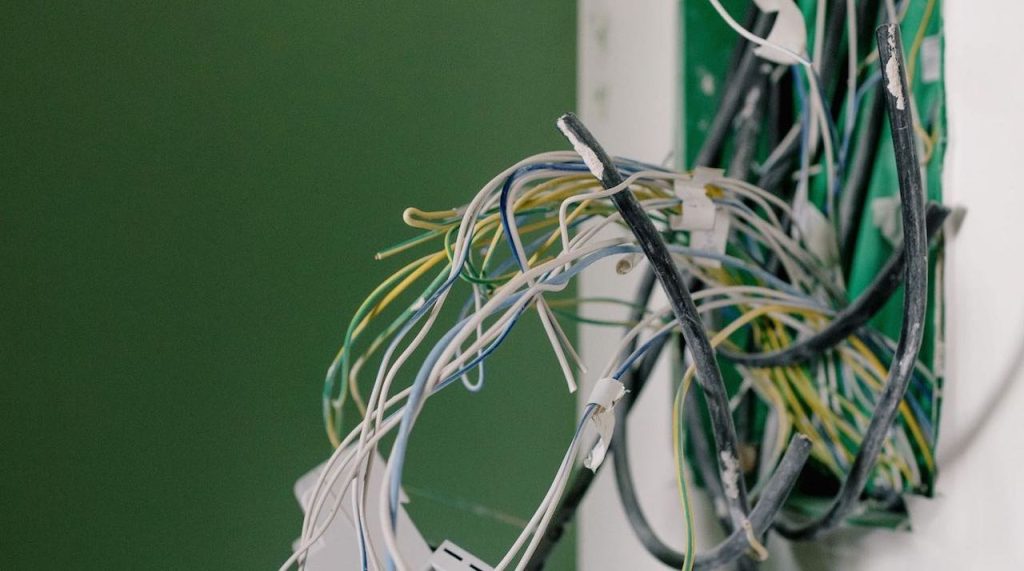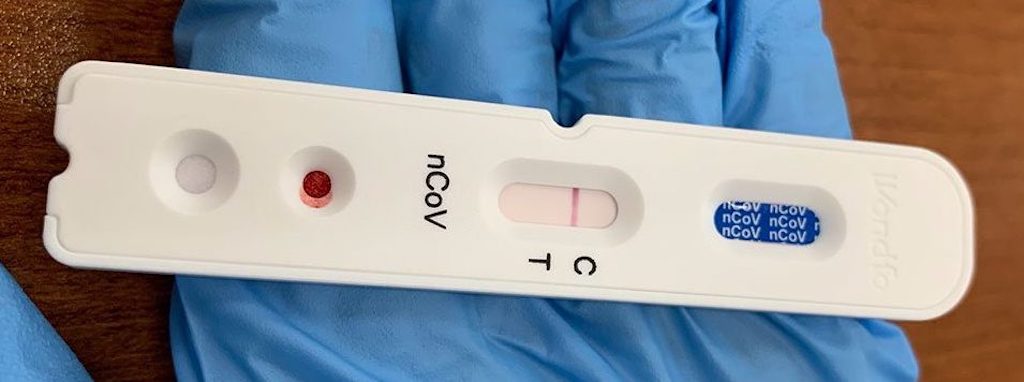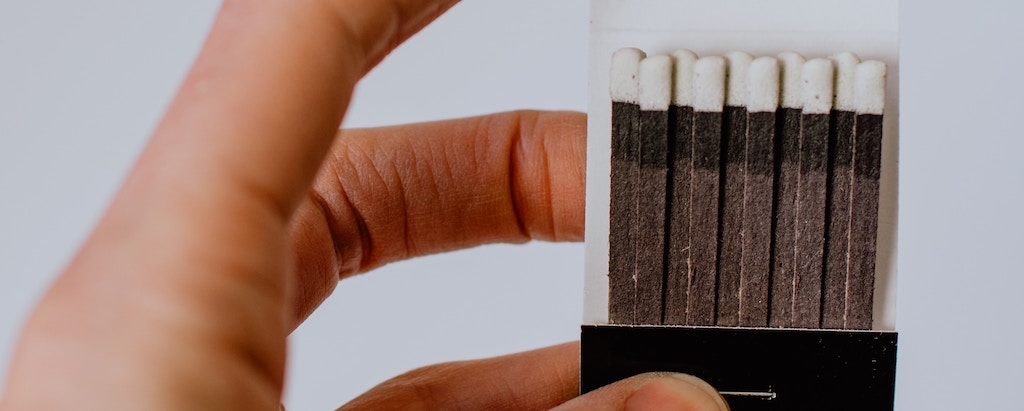Customer Care www.aeg.lu +352 42 431 301
The first evidence of washing garments dates from Mesopotamia (ca. 3000–500 BC), where cuneiform texts refer to laundering, particularly in palace or temple economies. Professional washers or “launderers” are mentioned, as was lye (alkaline ash solution) and soap-like substances used for cleaning wool and linen.
In Ancient Egypt (ca. 3000–30 BC) tomb scenes and wall paintings depict laundry processes, with workers soaking, scrubbing, and wringing linen garments. Soap was not widely used, but natron (a natural salt) and ash-based lye was used instead.
In Ancient Rome (ca. 500 BC – 476 AD) professional fullers (Latin: fullones) formed guilds, and fullonicae (laundries) were common in Roman cities. Cleaning agents included urine (ammonia), clay (fuller’s earth) and ash and lye.
The earliest known clothes-washing machine patent was taken out in the US in 1797. The original patent documents were lost, but it was likely a manual scrub box. i.e. a wooden tub with a wringer or agitator. The first electric washing machine was again in the US in 1908.
When the washing machine became commonplace (especially mid-20th century), it freed up hours of labour every week, mostly for women. Before washing machines, laundry could take a full day or more. Scrubbing, boiling, rinsing, wringing, all by hand.
Born and brought up in the 50s, I remember our first house had a front room (reserved for special occasions until the TV arrived), a kitchen, and a scullery. The scullery was where all the “dirty” or smelly tasks were done, washing dishes, pots, pans, cleaning raw vegetables (especially muddy root crops), and washing clothes and linens (and nappies). I also remember the galvanised zinc buckets of hot water and the wringer mangle.
The drum-based electric dryer was only commercialised in the 1930s. Before that people would hang clothes on lines, hedges, bushes, fences, or even spread out on grassy fields (sometimes called “drying greens”). Clothes and linen could be hung to dry in attics, sculleries, or over hearths in wet or winter weather.
Buying a new washing machine and dryer
In 2007 my wife and I moved into an apartment, and we installed a new kitchen so that we could integrate a new washing machine and dryer (there was also place for them in a laundry room in the basement). The dryer still works, but we did have to replace the washing machine a few years back. Now (2025) moving to a smaller apartment, they will be left for the next owner.
And I had to buy a new washing machine and dryer for the new apartment.
In the 1980s a good washing machine offered some basic washing cycles, selected using mechanical dials. Some people might say they were not so expensive then, but I’m not convinced. A typical mid-range washing machine in the 1980s cost the equivalent of €850–€1,300 in today’s money. Today a washing machine will cost somewhere around €600–€1,800. And will have dozens of wash programmes, eco sensors, along with wi-fi connectivity, and some AI thrown in for good measure.
Being realistic, today’s washing machines use a lot less water, which means less detergent waste. A modern eco-cycle might use 0.6–0.8 kWh, compared to ~1.5–2.0 kWh in 1985. But now eco cycles can take 2.5 to 4 hours, and many machines wash more gently, which might not remove all food stains.
1980s machines were mechanically simple, easy to repair, and were built to last 15–25 years. Today washing machines are more fragile (plastic drums, glued panels), harder to repair (electronics, sealed components), and are often designed to last only 6–10 years.
Modern dryers are more energy-efficient, gentler, and quieter, but they’re also slower, more complex, and often less effective at fully drying than older models.
Buying at the local white-goods store
My basic criteria were, simplicity, good quality manufacturer, and in-stock. And taking both machines from the same company, and with a decent discount (or on sale). By mixing brands I might have been able to save €50-100, but I preferred to stick to a manufacturer (AEG) who still had a local service centre in Luxembourg.
I decided on AEG LR63R84VB Washing Machine and the AEG TR78L34B (7000 Series SensiDry®) Heat Pump Dryer. I also took the extended 5-year warranty and installation.
The AEG washing machine is part of AEG’s 6000 Series and uses ProSense® technology, which automatically adjusts the washing time, water, and energy consumption based on the load size. This helps save resources and reduce wear on clothes. With an 8 kg capacity, it suits medium-sized households and includes multiple wash programs for cotton, synthetics, delicates, and wool. The inverter motor is designed for long-lasting performance with reduced noise and vibration. A time-saving function allows quick washes when needed, and the machine has a B energy rating under the EU’s stricter post-2021 labelling system.
The washer also has AquaLock leak protection, which means it detects and contains water leaks before they cause damage.
The AEG dryer has a heat pump from the 7000 Series, featuring SensiDry® technology which dries clothes gently at low temperatures, preserving fabric integrity while consuming less energy. Like the washer, it has an 8 kg capacity and includes ProSense® sensors that monitor humidity and temperature to adjust drying time automatically. It also boasts a reversible door, an A++ energy rating, and various drying programs including anti-crease, easy iron, wool, and mixed load. The EcoFlow filter system improves airflow and energy efficiency, making it easier to keep the machine clean and efficient.
In terms of user feedback, the washing machine is often praised for its quiet operation, efficient water use, and effective cleaning, even on short programs. Some users find the control panel a bit minimalistic or unintuitive, especially when selecting advanced options. The dryer receives strong praise for gentle drying and energy efficiency, especially from users who regularly dry delicate fabrics. However, a common complaint is that drying cycles are longer than with conventional dryers, which is typical for heat pump technology. Some also mention that filters need more regular cleaning than they expected.
As far as I could see, users and review platforms often highlight AEG as “solid and good value,” especially compared to higher-priced rivals.
One important point mentioned by the dealer was that many white-goods companies no longer have a service centre in Luxembourg, AEG still does.
Recommendations were to not overload the dryer, or it will dry unevenly. For mixed fabrics use half-loads, and don’t add too much detergent.
In terms of detergents, recommendations were:-
- For Cotton, Mixed Loads, and Whites use a biological powder or liquid detergent with enzymes
- For dark clothes use a liquid detergent formulated for dark fabrics (avoid powders to prevent residue or fading)
- For wool, silk, and delicates use a specialised detergents (e.g. Woolmark-approved brands)
- I avoid fragrant options
Don’t use too much detergent which can leave residue in clothes, and don’t use bleach-based cleaners unless clearly marked as suitable.
The washing has a separate compartment for softener, and the advice was to only use proper liquid softeners. I normally avoid using them.
AEG LR63R84VB Washing Machine
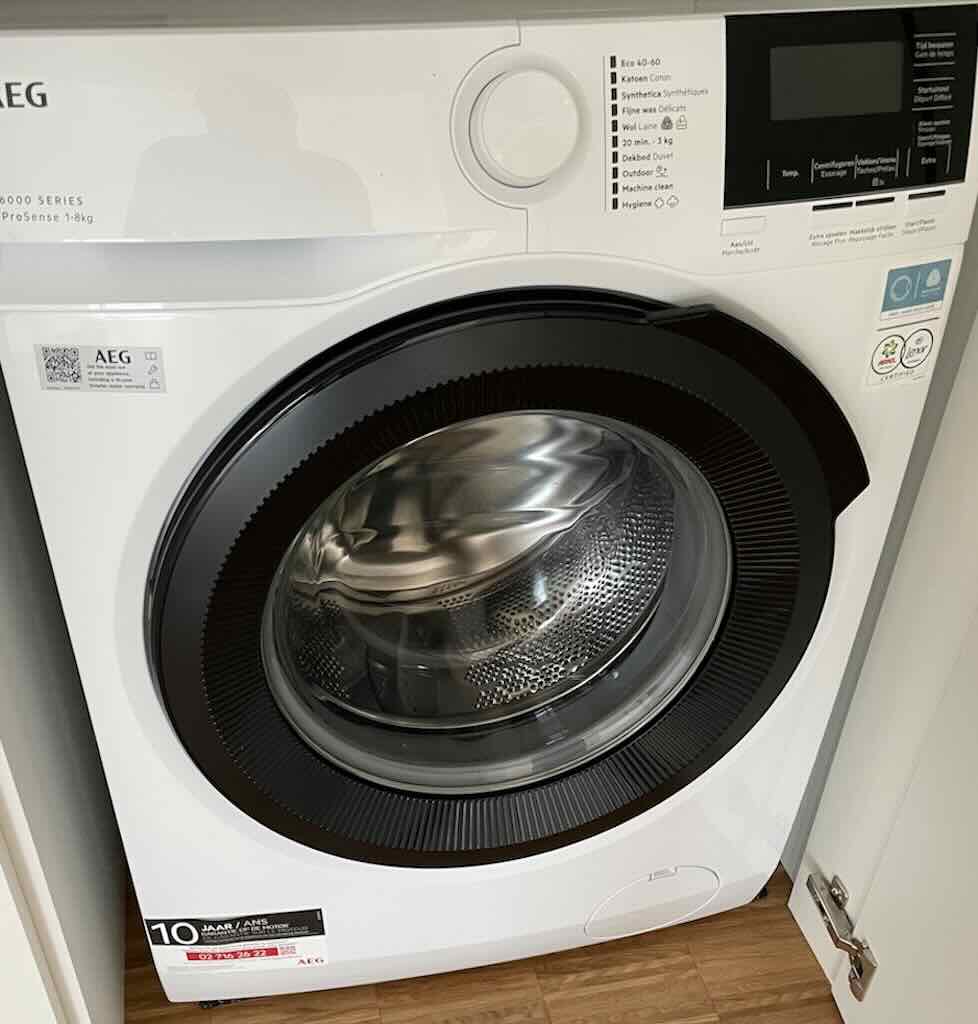
The recommendation is to first run an empty hot cycle. This means using a cotton program at 90°C or the hottest setting, with no prewash. Add a small amount of detergent (powder or liquid) to the main wash compartment, and leave empty. This flushes out factory grease, dust, and residue from hoses and the drum. It also tests that the machine fills, heats, drains, and spins correctly.
The first run is also recommended if a washing machine is left unused for several months.
Basic daily use:-
- Don’t overfill, leave a hand’s width at top
- Remember the left draw is for the main wash (right for softener)
- Use eco 40-60 for everyday loads
- Use cottons 60°C for bedding, towels
- Use 20-min Quick, for light clothes (max 3 kg)
- Use 1400 rpm for max drying efficiency
- Optional – press ‘Time Save’ to shorten cycle
- Run monthly maintenance cycle at 60-90°C.
What washing powder?
AEG don’t publicly endorse a specific detergent but focus proper usage guidance to optimise detergent performance.
However, they do suggest to use only detergents intended for front‑loading or high-efficiency (HE) machines. These are low-sudsing and formulated to dissolve quickly in low-water cycles. They also suggest to use a wool-specific detergent and down‑specific detergent when appropriate (no fabric softener).
My preferred approach is…
- Everyday, use a baby-safe detergent only.
- Stained or heavily soiled, use baby-safe detergent and Vanish together in the main wash compartment.
I don’t normally use softeners, for the following reasons:-
- Softeners tend to leave a waxy residue that can coat the drum, hoses, and clothes, which is harder to rinse out in low-water cycles.
- Towels, sportswear, and microfibre dry faster and wick better without softener.
- Softener can actually damage technical fabrics (outdoor gear), down, and sometimes wool.
AEG TR78L34B Heat Pump Dryer
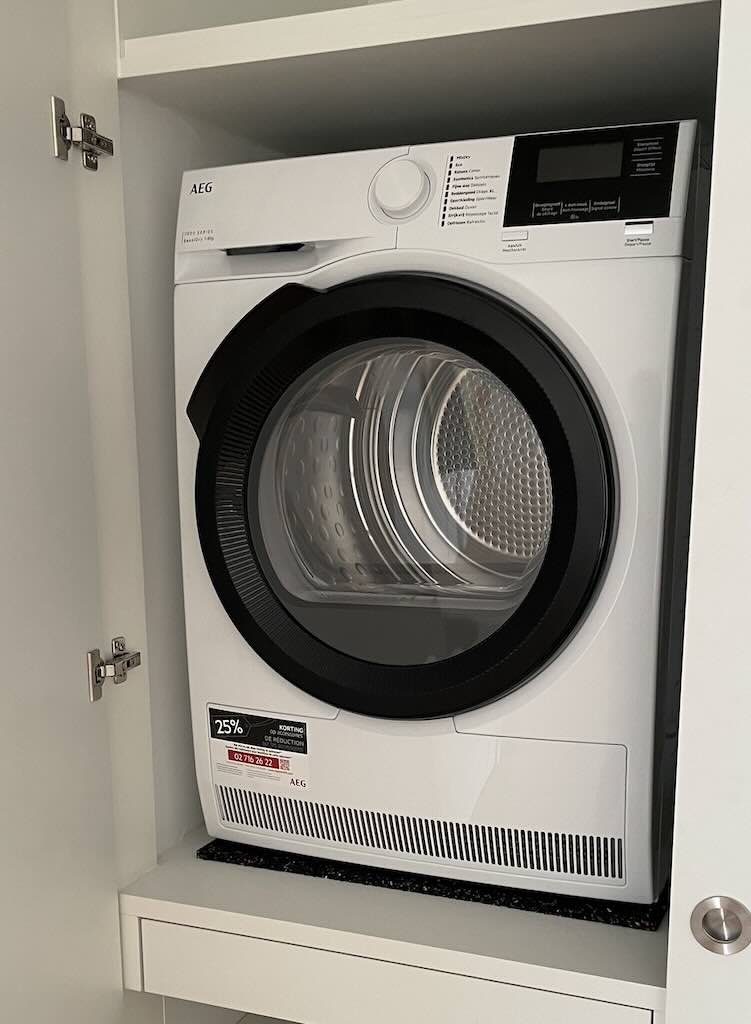
The recommendation is to open the door and base panel, and check that all filters (main and heat exchanger) are in place and clean. When new, or after several months unused run an empty drying cycle. Select a standard cotton cycle and let the dryer run empty.
Basic daily use:-
- Clean lint filter before each cycle
- Don’t overfill
- Cottons Eco is best for efficient standard drying
- MixDry for mixed fabrics
- For slightly damp clothes: run short ‘Extra Dry’
- Optional – Set dryness level (Cupboard Dry or Extra Dry)
- Rinse heat exchanger filter monthly.
What to do if machines are left unused for several months?
In the past my wife and I would travel and be away for extended period, so its important to know what is best to do if a washing machine or dryer are not used for several months.
For the washing machine it’s important to prevent stagnant water. Before leaving run a final hot wash (60 °C or above) empty with a little detergent. This cleans detergent residue, skin oils, and bacteria. After the final cycle, wedge the door open and leave the detergent drawer open so all interior moisture evaporates. Remove the filter, drain if needed, and clean the filter to remove lint, coins, etc.
Liquid detergent can leave a sticky film in hoses and the drawer. Before storage, run a cycle with powder detergent or a washing-machine cleaning tablet to flush this out.
Turn off the water supply to the washing machine, unplug all appliances if possible.
When returning, run an empty hot cycle in the washing machine before doing laundry, and check the dryer’s filters and condenser before first use.
For the dryer, clean lint filter(s) after the last use. For a heat pump dryer, remove and clean the condenser unit (if user-accessible). To ensure it’s fully dry, run a short drying program with a few clean towels without water to warm and dry the drum, then leave the door open.
The last word on the need for washing and drying machines!
It’s important to at least to ask if global-scale clothing hygiene (as practiced today) is worth the planetary cost?
The average washing machine uses 50–70 litres per wash. Global estimates suggest ~20 billion washes per year, which is equivalent to over 1 trillion litres of water annually, often from freshwater sources.
Electricity for hot water and dryers is energy intensive. It’s estimated that laundry machine are responsible for >100 million metric tons of carbon-dioxide/year globally.
In addition, most detergents release phosphates, surfactants, and endocrine disruptors into waterways.
Also we now know that synthetic clothes release up to 700,000 microfibers per wash, which represents a global impact of millions of tons of plastic particles entering oceans yearly. Laundry is one of the top 5 sources of microplastic ocean pollution.
However, laundry machines help reduce skin diseases, parasitic transmission, and infection in all populations, in particular lice-borne epidemics (e.g. typhus, trench fever, relapsing fever). Experts also associated the lack of access to laundry with social exclusion.
The environmental harm of laundry machines is very real, but much of it comes from how we wash, not that we wash at all. The real problem is overwashing. Many Western households wash clothes after 1 wear, regardless of soil level. Tumble dryers (hugely energy-intensive) are used when sun-drying would suffice. And Fast Fashion encourages constant washing of low-quality synthetic clothing.
Today the way we use laundry machines is environmentally unsustainable.
If global laundry frequency were cut by 50%, and synthetic fibres replaced with natural ones, we’d preserve almost all the health/social benefits while halving the ecological cost.
